The prominent focus on the “Yang Jingyu Detachment” during China’s World War II Victory Day parade sparked diverse interpretations online. Here are eight authentic viewpoints from netizens
These perspectives reveal how historical symbols are leveraged for contemporary narratives—honoring sacrifice, asserting legitimacy, and navigating geopolitical tensions.
- Symbol of Northeast Resistance’s Sacrifice
Yang Jingyu epitomizes the brutal yet heroic struggle of the Northeast Anti-Japanese United Army, which endured extreme isolation and hardship against Japan’s Kwantung Army. Highlighting his unit honors their overlooked contributions. - Communist Leadership Narrative
As a CCP martyr, Yang’s prominence reinforces the Party’s central role in unifying resistance forces. This aligns with state media’s emphasis on the “patriotic united front under CCP leadership”. - Countering Historical Amnesia
Amid Japan’s recent objections to “anti-Japanese sentiment” in the commemorations, footage of Yang—who was betrayed and killed by Japanese forces—serves as a visceral rebuttal to historical revisionism. - Visual Storytelling for National Resilience
The close-ups highlighted the unit’s tattered uniforms and rifles—a deliberate contrast to modern troops. Netizens noted this “aesthetic of struggle” made the triumph more poignant. - Ethical Paragon Against Corruption
Yang starved to death refusing surrender while his betrayers collaborated with Japan. His story is invoked to critique modern moral compromises, framing him as a benchmark for integrity. - Regional Representation
Northeasterners (where Yang operated) viewed this as overdue recognition for their homeland’s wartime suffering, often overshadowed by narratives from central China. - Youth Education Tool
State media tied the footage to “patriotic education,” using Yang’s defiance (e.g., eating cotton when starving) as a textbook example of perseverance for younger generations. - Cross-Strait Unity Subtext
With KMT veterans attending, Yang’s CCP affiliation subtly asserted mainland hegemony over resistance history. Some noted it balanced earlier acknowledgments of KMT battlefield roles.
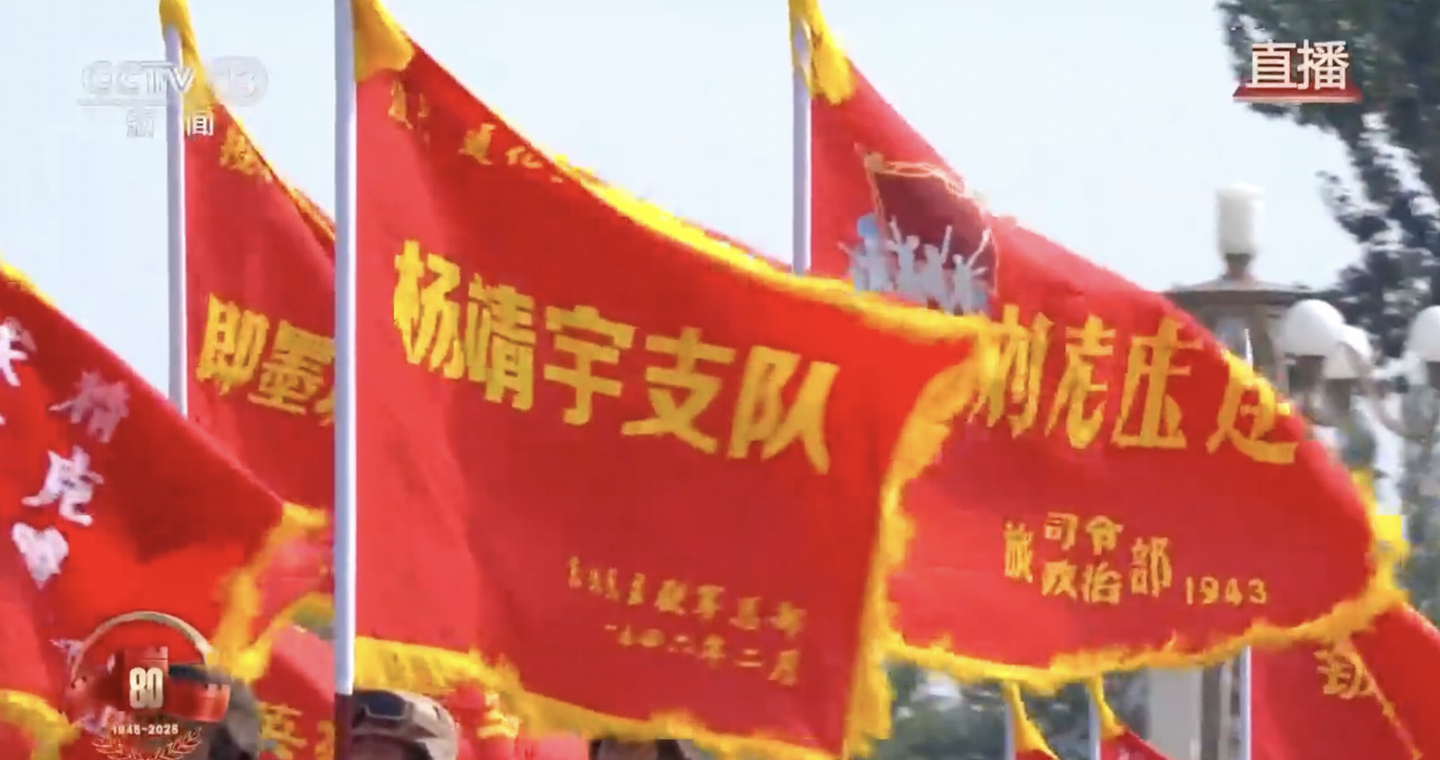
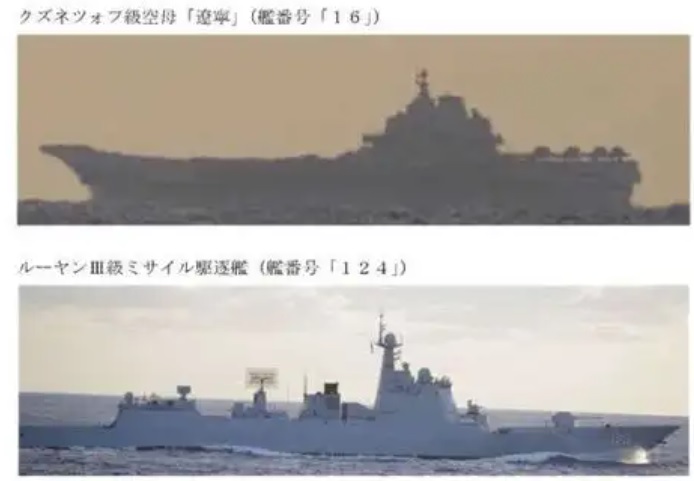
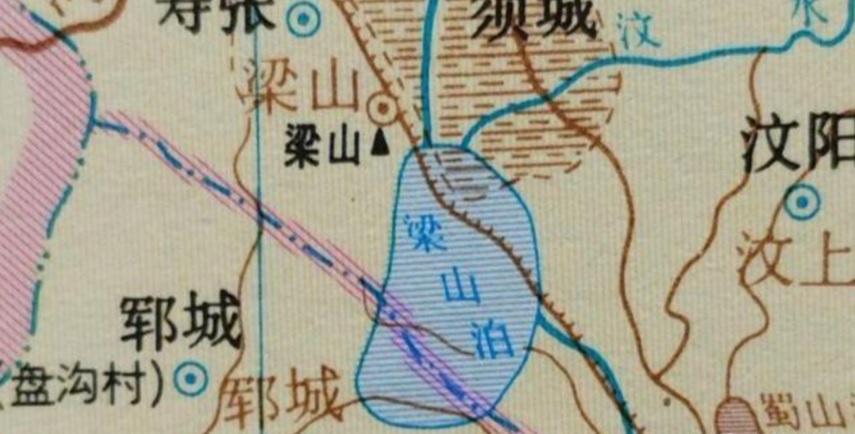
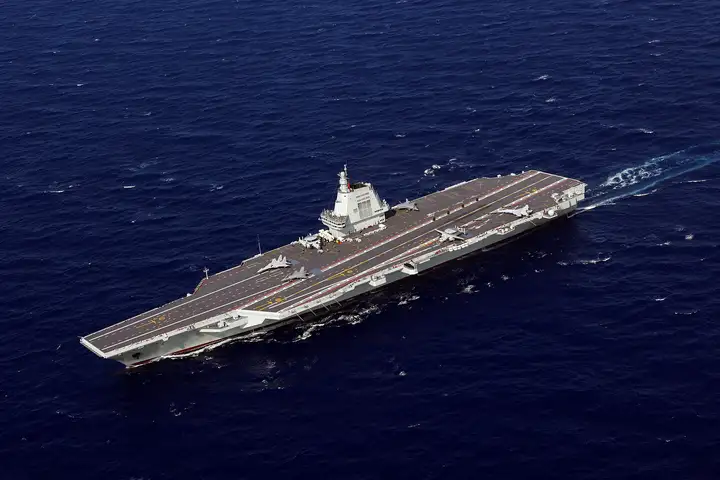
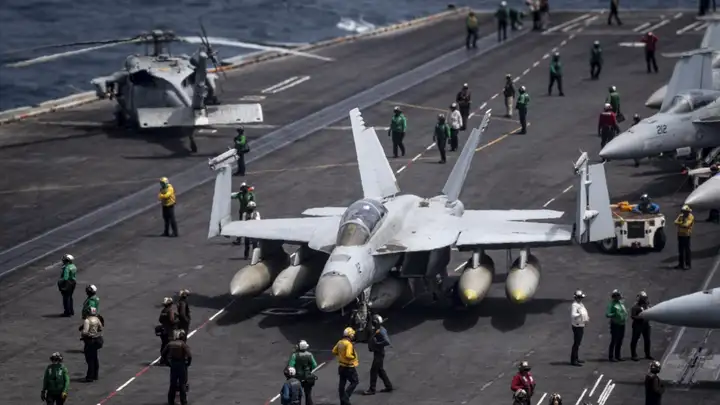
Need the latest link to 188bet? Linkvao188betmoinhat is your go-to place! Always updated and reliable, so you can bet with peace of mind. Khong can lo lang! linkvao188betmoinhat